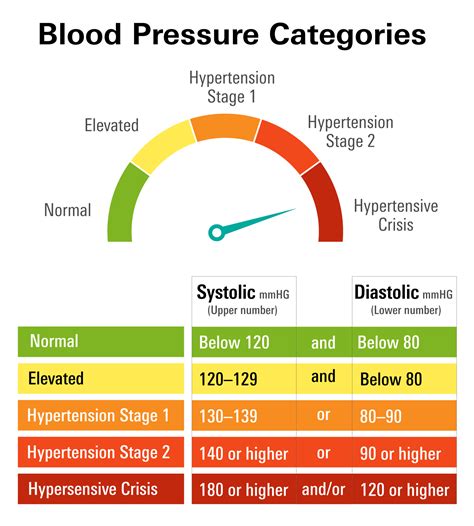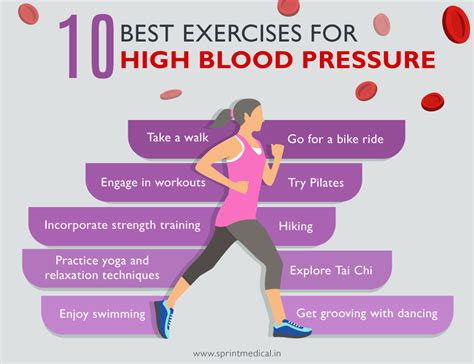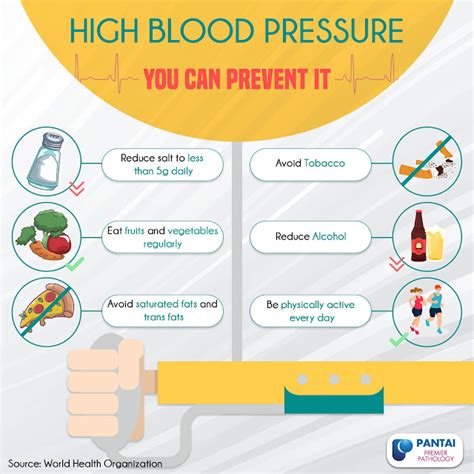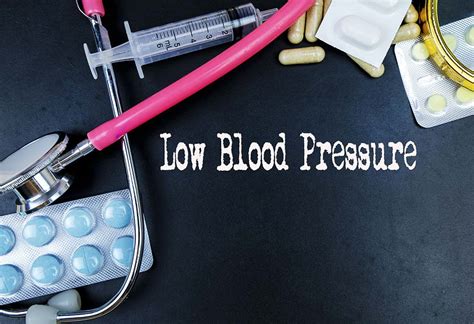Intro
Discover what blood pressure is, its causes, and effects on cardiovascular health, including hypertension, hypotension, and blood pressure management techniques.
Blood pressure is a critical aspect of our overall health, and understanding its significance is essential for maintaining a healthy lifestyle. It is the force exerted by blood against the walls of blood vessels, and it plays a vital role in delivering oxygen and nutrients to our organs and tissues. The importance of blood pressure cannot be overstated, as it affects nearly every aspect of our bodily functions. In this article, we will delve into the world of blood pressure, exploring its definition, types, benefits, and risks, as well as providing practical tips for managing and maintaining healthy blood pressure levels.
The concept of blood pressure is straightforward: it is the pressure exerted by blood against the walls of blood vessels as it circulates throughout our body. This pressure is necessary for blood to flow and deliver oxygen and nutrients to our cells and organs. However, when blood pressure becomes too high or too low, it can lead to a range of health problems, from mild discomfort to life-threatening conditions. Therefore, it is crucial to understand the different types of blood pressure, including systolic and diastolic blood pressure, as well as the various factors that influence blood pressure levels.
Blood pressure is measured in millimeters of mercury (mmHg) and is typically expressed as a ratio of systolic pressure to diastolic pressure. Systolic pressure is the pressure in the blood vessels when the heart beats, while diastolic pressure is the pressure between beats. A normal blood pressure reading is typically around 120/80 mmHg, although this can vary depending on individual factors such as age, sex, and overall health. Understanding the different types of blood pressure and their corresponding risks is essential for maintaining healthy blood pressure levels and preventing related health problems.
Understanding Blood Pressure

Types of Blood Pressure
There are several types of blood pressure, each with its own unique characteristics and risks. These include: * Systolic blood pressure: the pressure in the blood vessels when the heart beats * Diastolic blood pressure: the pressure between beats * Pulse pressure: the difference between systolic and diastolic blood pressure * Mean arterial pressure: the average pressure in the blood vessels throughout the cardiac cycle Understanding the different types of blood pressure is essential for recognizing the risks and benefits associated with each type. For example, high systolic blood pressure is a significant risk factor for cardiovascular disease, while low diastolic blood pressure can lead to dizziness and fainting.Benefits of Healthy Blood Pressure

Risks of High Blood Pressure
High blood pressure, also known as hypertension, is a significant risk factor for a range of health problems. Some of the key risks associated with high blood pressure include: * Cardiovascular disease: high blood pressure can damage blood vessels and increase the risk of heart attack and stroke * Kidney disease: high blood pressure can damage the kidneys and increase the risk of kidney failure * Vision loss: high blood pressure can damage the blood vessels in the eyes and increase the risk of vision loss * Cognitive decline: high blood pressure can increase the risk of dementia and cognitive declineManaging Blood Pressure

Monitoring Blood Pressure
Monitoring blood pressure is critical for managing blood pressure levels and preventing related health problems. Some of the key ways to monitor blood pressure include: * Regular blood pressure checks: regular checks can help identify any changes in blood pressure levels and allow for prompt intervention * Home blood pressure monitoring: monitoring blood pressure at home can provide a more accurate picture of blood pressure levels and help identify any patterns or changes * Mobile health apps: mobile health apps can provide a convenient and easy way to track blood pressure levels and monitor progress over timePreventing High Blood Pressure

Risks of Low Blood Pressure
Low blood pressure, also known as hypotension, can also have significant health risks. Some of the key risks associated with low blood pressure include: * Dizziness and fainting: low blood pressure can cause dizziness and fainting, especially when standing up or changing positions * Fatigue: low blood pressure can cause fatigue and weakness, making it difficult to perform daily activities * Dehydration: low blood pressure can cause dehydration, especially in older adults or individuals with underlying medical conditions * Poor circulation: low blood pressure can cause poor circulation, leading to cold hands and feet, as well as poor wound healingTreating Low Blood Pressure

Conclusion and Next Steps
In conclusion, blood pressure is a critical aspect of our overall health, and understanding its significance is essential for maintaining a healthy lifestyle. By recognizing the different types of blood pressure, understanding the benefits and risks associated with each type, and taking proactive steps to manage and maintain healthy blood pressure levels, individuals can reduce their risk of related health problems and improve their overall quality of life. We invite you to comment below with any questions or concerns you may have about blood pressure, and to share this article with anyone who may benefit from this information.What is normal blood pressure?
+A normal blood pressure reading is typically around 120/80 mmHg, although this can vary depending on individual factors such as age, sex, and overall health.
What are the risks of high blood pressure?
+High blood pressure can increase the risk of cardiovascular disease, kidney disease, vision loss, and cognitive decline.
How can I manage my blood pressure?
+Managing blood pressure involves a range of lifestyle habits, including regular exercise, a healthy diet, stress management, and medication (if necessary).
